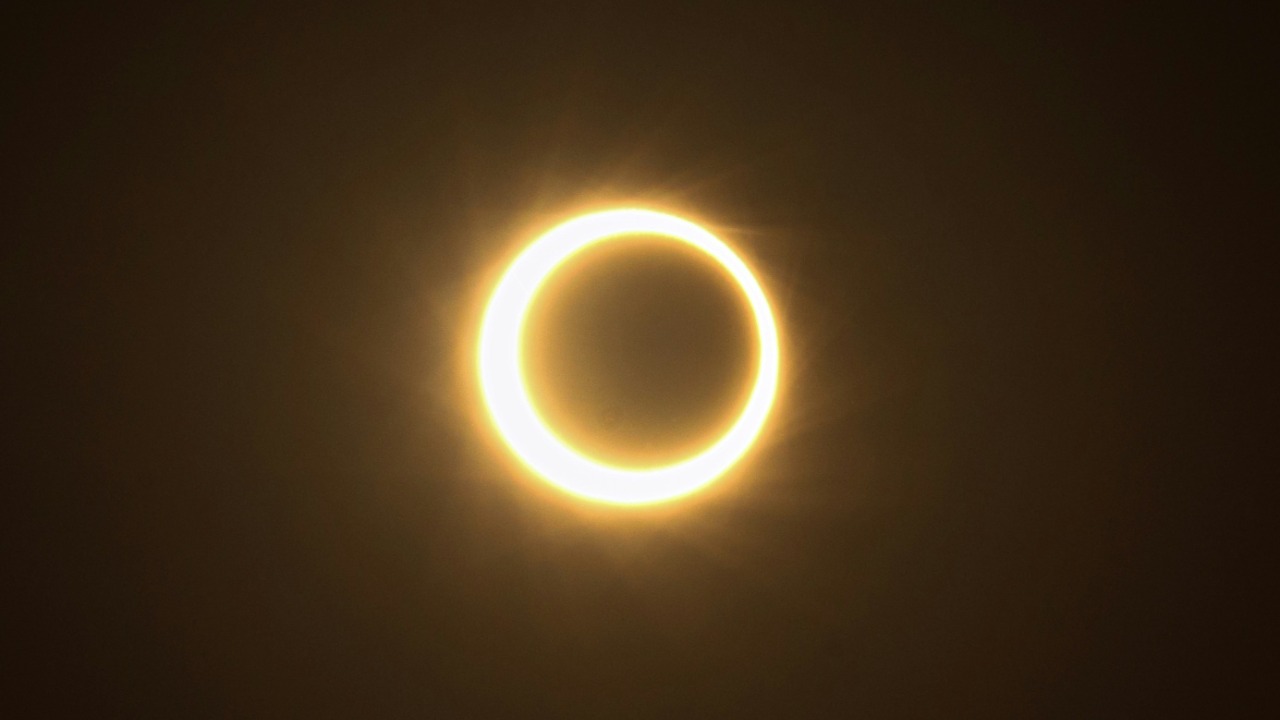
Recent scientific research has unveiled the precise methods the ancient Maya civilization used to predict solar eclipses with astonishing accuracy for centuries. These findings, based on the analysis of Maya codices and inscriptions, demonstrate how the Maya could forecast celestial events hundreds of years into the future without the aid of modern tools. This discovery, published in a series of studies between October and November 2025, underscores the sophistication of Maya astronomy.
The Foundations of Maya Astronomy
The Maya civilization had a profound understanding of celestial bodies, which formed the foundation of their ability to predict eclipses. Their observations of the sun, moon, and Venus were particularly crucial in this regard. This knowledge was not merely academic; it was deeply integrated into their religious and agricultural practices. Maya priests and scholars used stelae and codices to record celestial alignments, which allowed them to forecast long-term astronomical events with remarkable precision. This integration of astronomy into everyday life is a testament to the sophistication of the Maya civilization.
Deciphering the Maya Calendar
The Maya Long Count calendar, a vigesimal system that synchronized multiple cycles, was instrumental in predicting recurring astronomical events like eclipses for centuries. This calendar was a complex system that combined the Tzolkin and Haab cycles. The interlocking of these cycles enabled the Maya to calculate the timing of eclipses with remarkable precision. This intricate calendar system has been reconstructed by scientists, who have traced its workings in ancient texts, providing a fascinating insight into the advanced astronomical knowledge of the Maya.
Mechanisms for Eclipse Prediction
The Maya used eclipse tables in codices, such as the Dresden Codex, to predict future solar and lunar eclipses. These tables were based on observed patterns and were accurate over centuries. The Maya also used a 260-day ritual calendar to identify eclipse seasons. This calendar, combined with mathematical correlations, enabled them to predict eclipses centuries in advance. This method of prediction is a testament to the advanced mathematical and astronomical knowledge of the Maya civilization.
Historical Evidence from Maya Sites
Historical evidence of the Maya’s ability to predict eclipses can be found at sites like Chichen Itza and Palenque. The alignments of structures at these sites with eclipse paths demonstrate the practical applications of their predictive methods. Additionally, surviving artifacts and murals that depict eclipse events provide concrete examples of how the Maya documented and anticipated these celestial events for generations. These findings provide a tangible connection to the past, revealing the remarkable sophistication of the Maya civilization.
Modern Scientific Validation
Contemporary researchers have used computational models to verify the accuracy of Maya eclipse predictions. These models have been compared against historical records from the 8th to 10th centuries CE, confirming the reliability of the Maya’s forecasting techniques. However, interpreting faded codices has posed challenges. Despite these difficulties, interdisciplinary teams have successfully reconstructed these techniques, further validating the Maya’s ability to predict eclipses centuries in advance.
Implications for Understanding Ancient Knowledge
The ability to predict eclipses had significant cultural significance in Maya society. It influenced everything from rituals to governance, highlighting their advanced intellectual achievements. This revelation also bridges ancient practices with modern science, inspiring new studies in archaeoastronomy. The discovery of the Maya’s ability to predict eclipses centuries in advance underscores the sophistication of their civilization and provides a fascinating insight into the advanced knowledge of our ancestors.
More from MorningOverview